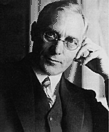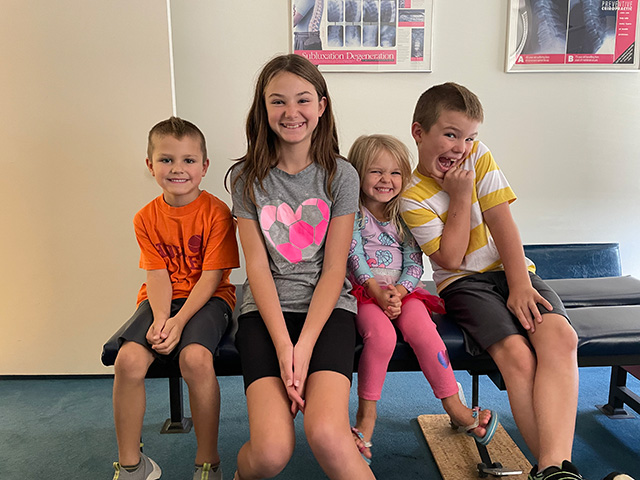Thanksgiving is around the corner so here’s a gravy recipe that can be made with either chicken or turkey broth. It’s easy and I have had lots of people really like it even though it is not your standard gravy recipe. To make the broth ahead of time follow the chicken broth recipe
Serves 4-6
3 Tbsp. ghee
1 Tbsp. arrowroot flour or tapioca starch
1/4 cup nutritional yeast flakes (not brewers’ yeast)
4 Tbsp. water
3 cups hot chicken or turkey broth
tamari to taste (1 to 2 Tbsp.)
salt and pepper to taste
In a large skillet dry roast the arrowroot or tapioca starch with the nutritional yeast over medium heat stirring frequently for about 5 minutes–do not leave it as it burns quickly and you only want to roast the mix until you detect the roasted yeast scent. Empty this mixture into a bowl and allow to cool. Add 4 Tbsp water to the cooled flour mixture stirring into a smooth paste. Melt the ghee in the skillet over medium heat–do not overheat. Add the paste to the melted ghee stirring well to eliminate all lumps. Add the hot broth gradually to the skillet, stirring constantly and adjusting heat to low once the mixture begins to simmer. Simmer 5 minutes or until reduced to desired consistency. Add the tamari and salt and pepper to taste. Serve hot and enjoy over potatoes or turkey or chicken.


